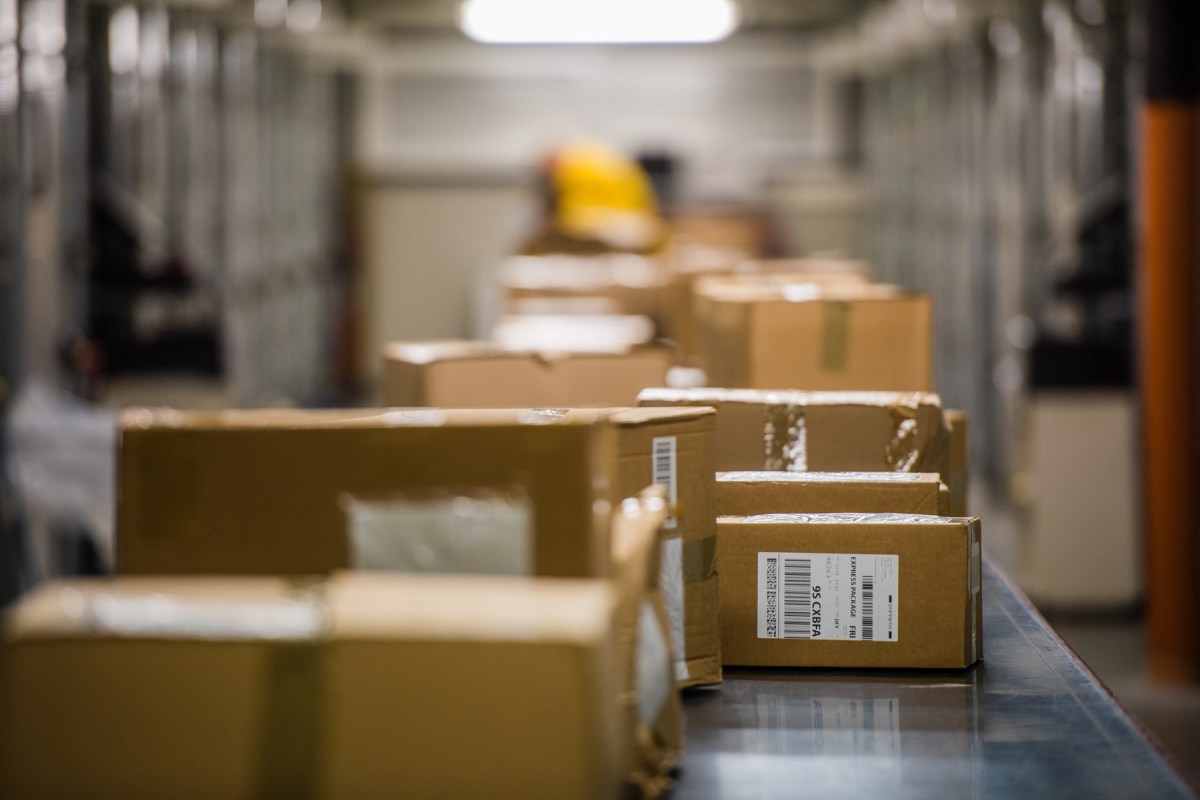Ongoing economic uncertainty, a surge in online shopping, and supply chain issues due to international and local shipping delays have created the perfect storm for businesses and consumers alike ahead of the annual peak shopping and shipping season.
To maintain strong customer experiences and avoid losing business, businesses must be prepared for a volatile shipping environment and put processes in place to ensure they can get their products to customers in the most reliable and efficient ways possible. This includes using multiple carriers and looking for the best pricing options.
COVID-19 lockdowns and restrictions have disrupted Australia Post’s staff, causing delays in the ability to pick up parcels from e-commerce retailers. This is also likely to impact other carriers before the end of the year.
Meanwhile, Australians are buying online at unprecedented rates: a record 5.6 million Australians bought something online in August 2021. Online shopping grew by 27 per cent in the 12 months from July 2020 to July 2021. [1] With potential delays in shipping, consumers are being warned to shop for Christmas early, which will put added pressure on e-commerce businesses in the next few months.
Consumers are well aware of potential supply chain issues, which can make them more likely to be understanding if it takes longer than normal to deliver their products. However, this also presents an opportunity for businesses to surpass customer expectations and deliver an exceptional customer experience by delivering goods sooner. Being able to do so will depend on their ability to flex and adjust to the changing environment and choose the best shipping option for each order.
Engaging multiple carriers for deliveries will be critical to fulfill customer orders and minimise supply chain challenges that could impact deliveries to some destinations. Reducing the dependency on a single carrier will provide businesses with the best opportunity for parcels to arrive as close to on-time as possible. It’s also important to be able to do this without adding an undue burden of manual work, which is costly and could also introduce the potential for errors.
Using a dedicated, multicarrier shipping platform can help businesses choose their preferred carrier and integrate online stores to make parcel sending, tracking, and order management easier and more secure. This can help expedite the shipping process.
Businesses should choose a platform that lets them select from multiple carriers when sending packages. The platform itself should consider cost, speed of delivery, and other factors that can ensure that customers receive their packages in the most timely and cost effective way possible. This gives businesses more control over the parcel sending process and can help overcome the known issues around staffing and delivery timeframes that businesses face right now.”
When choosing a parcel shipping platform, businesses should look for five key features:
- The ability to choose from various couriers, depending on which courier can offer the best rate and fastest delivery time, directly within the software.
- The ability to access discounted shipping rates or leverage rates already negotiated.
- Integration with online stores such as eBay, Shopify, and WooCommerce.
- A single, unified platform for all parcel sending in once place to make tracking and reconciliation faster, easier, and more accurate.
- Automated orders and the ability to print shipping labels online, saving processing time and reducing errors.
Ben Seal is head of shipping for Australia and New Zealand at Pitney Bowes.

